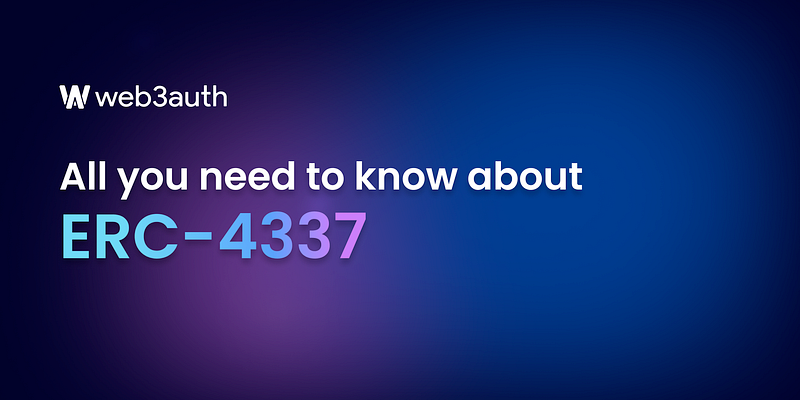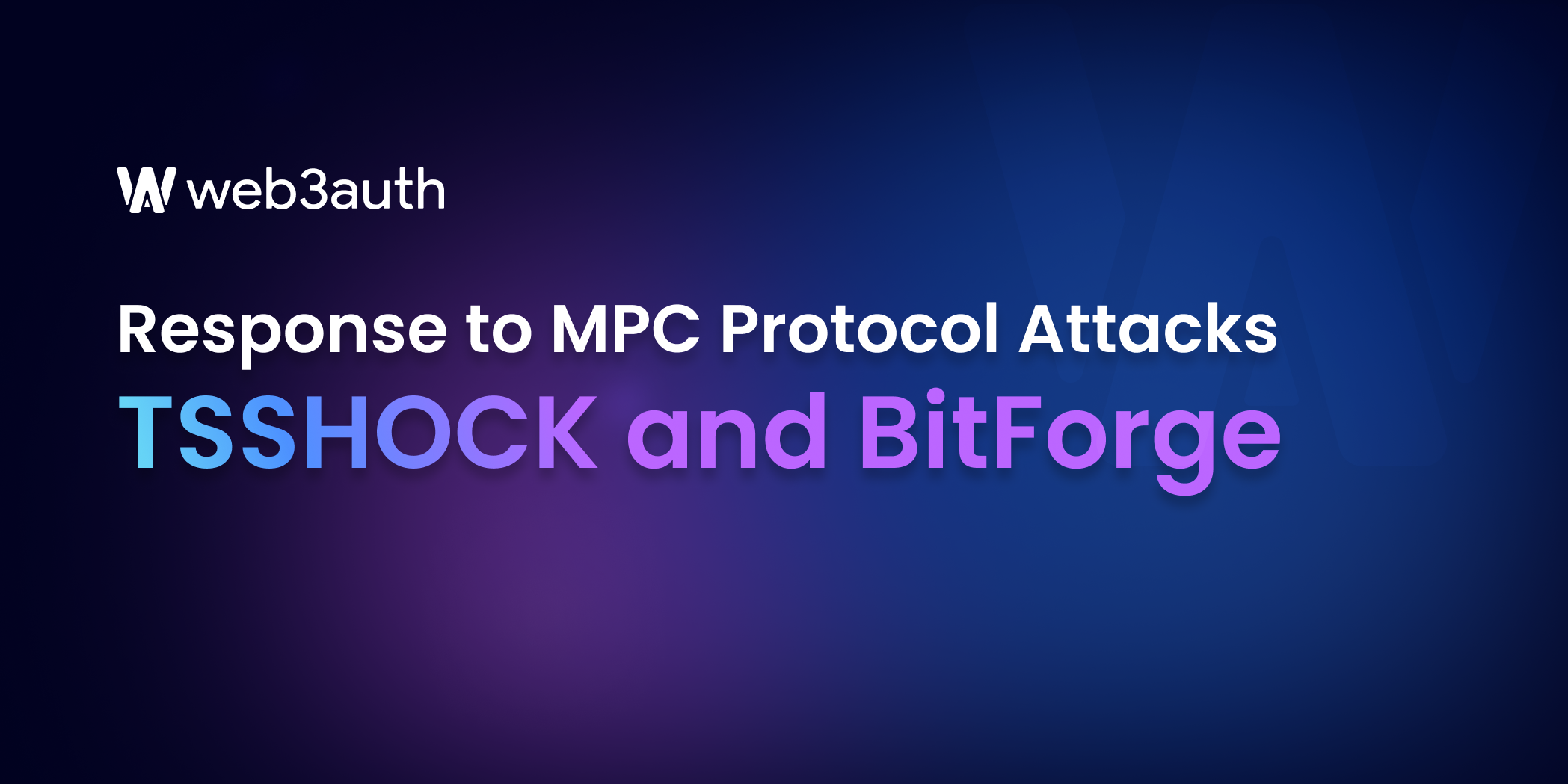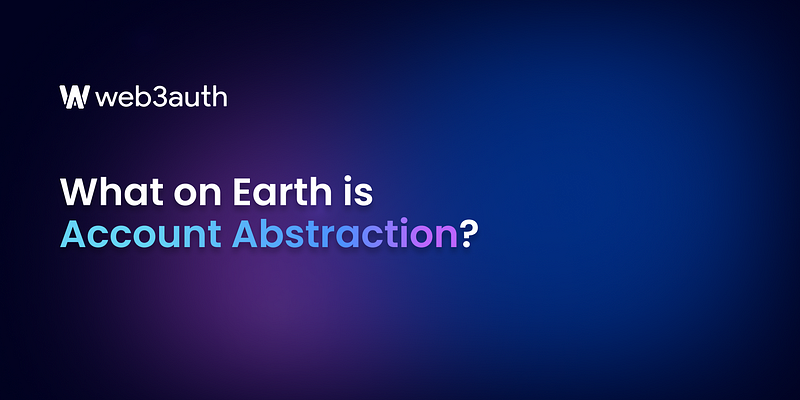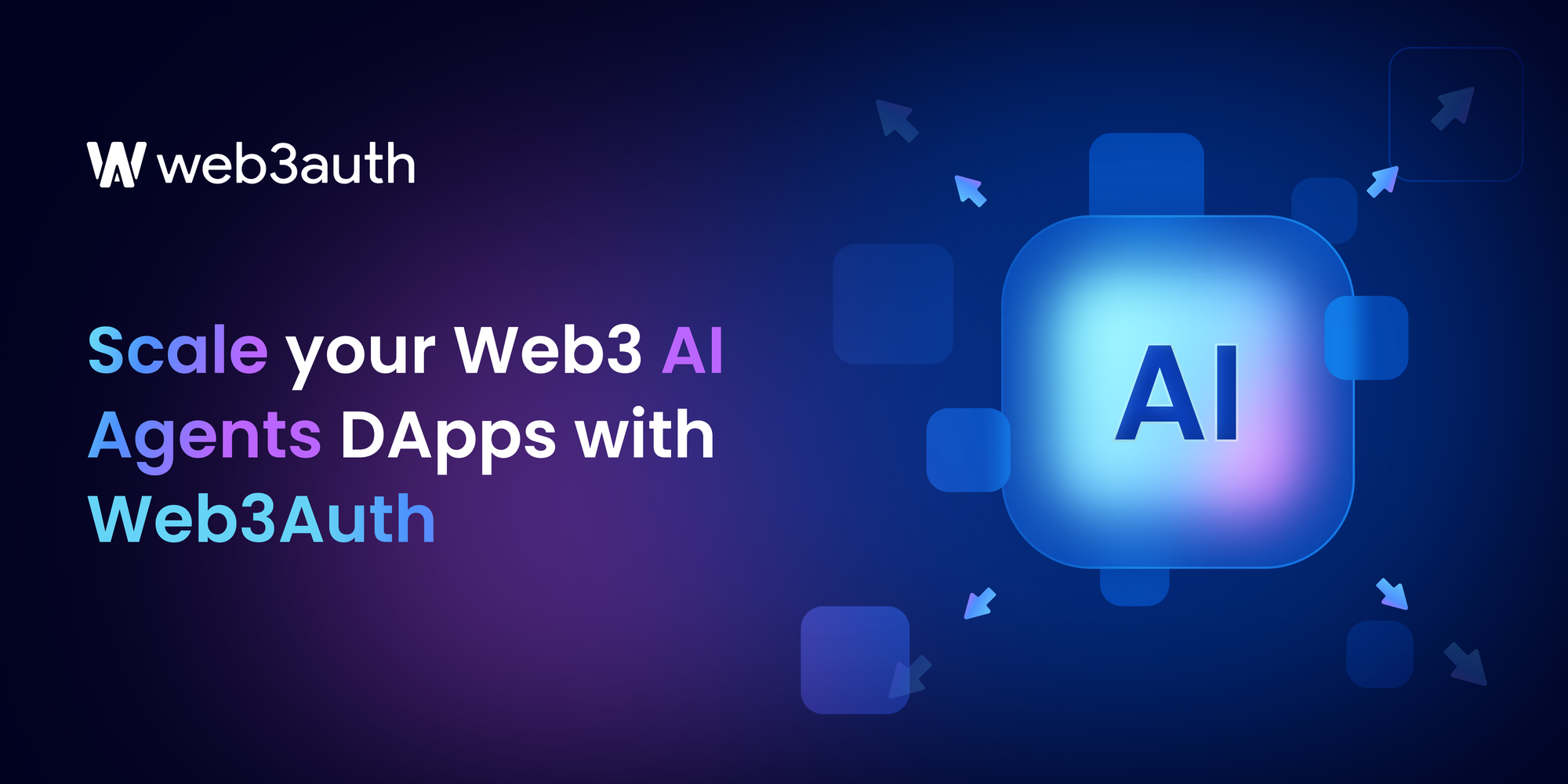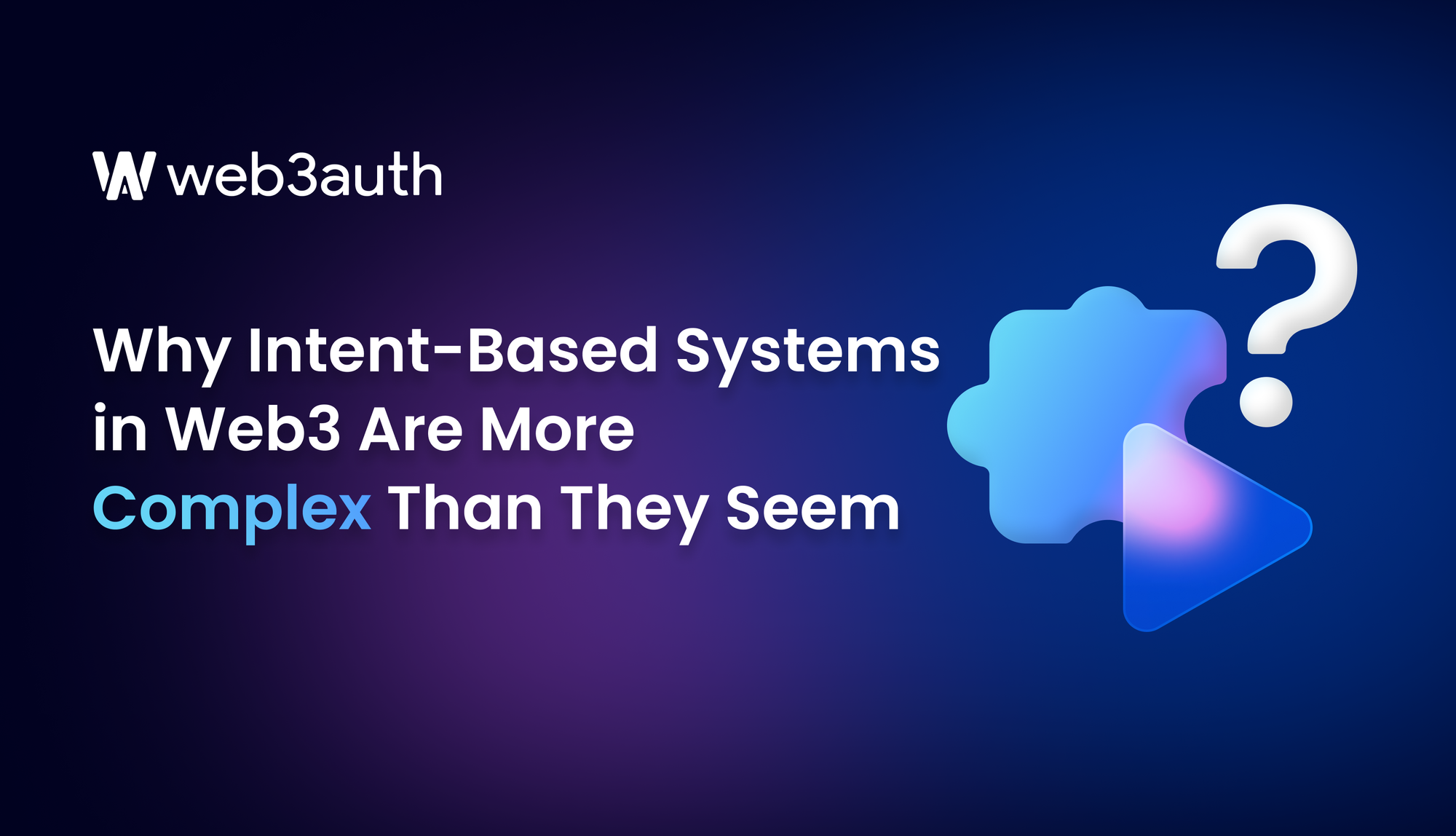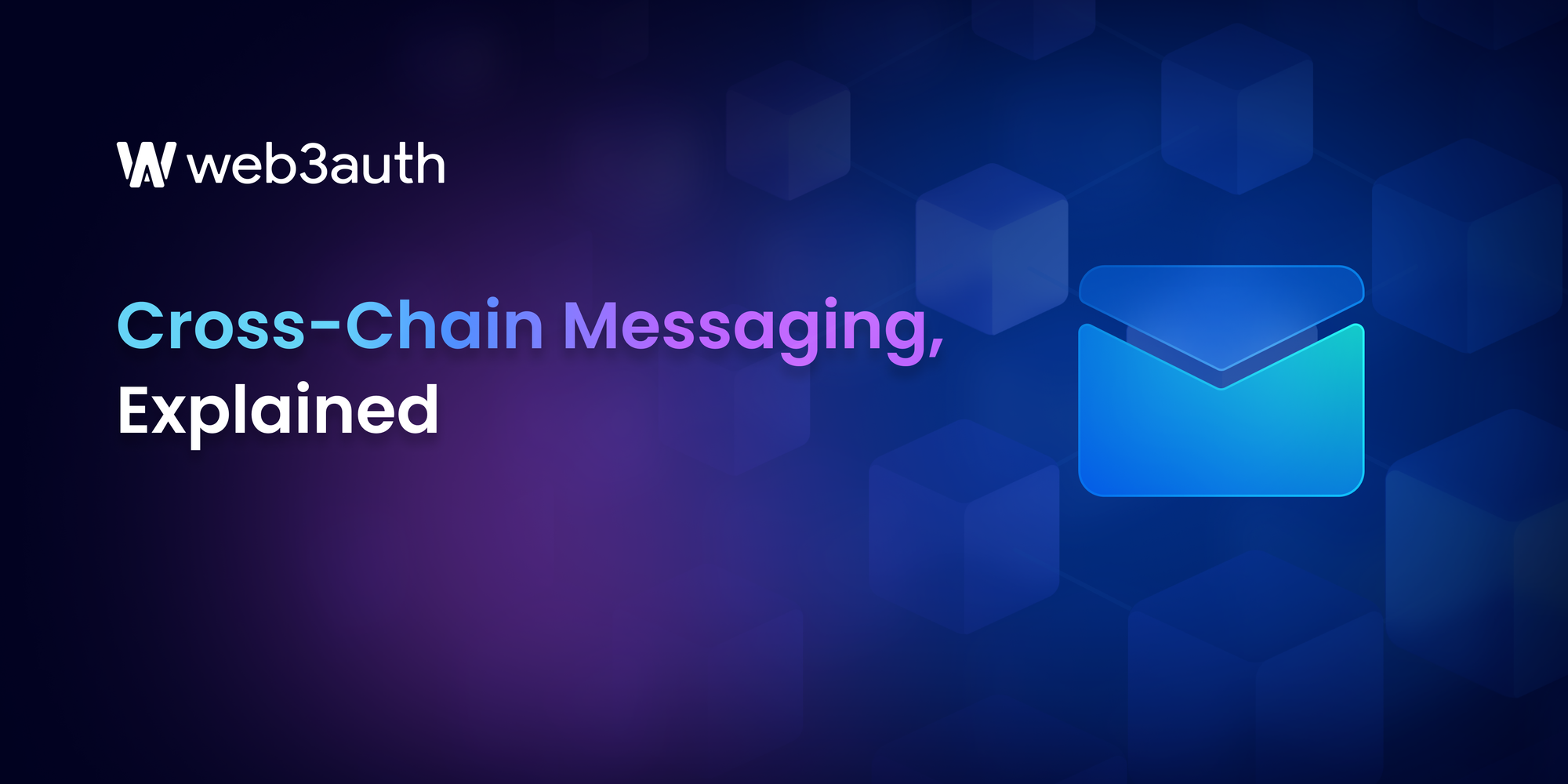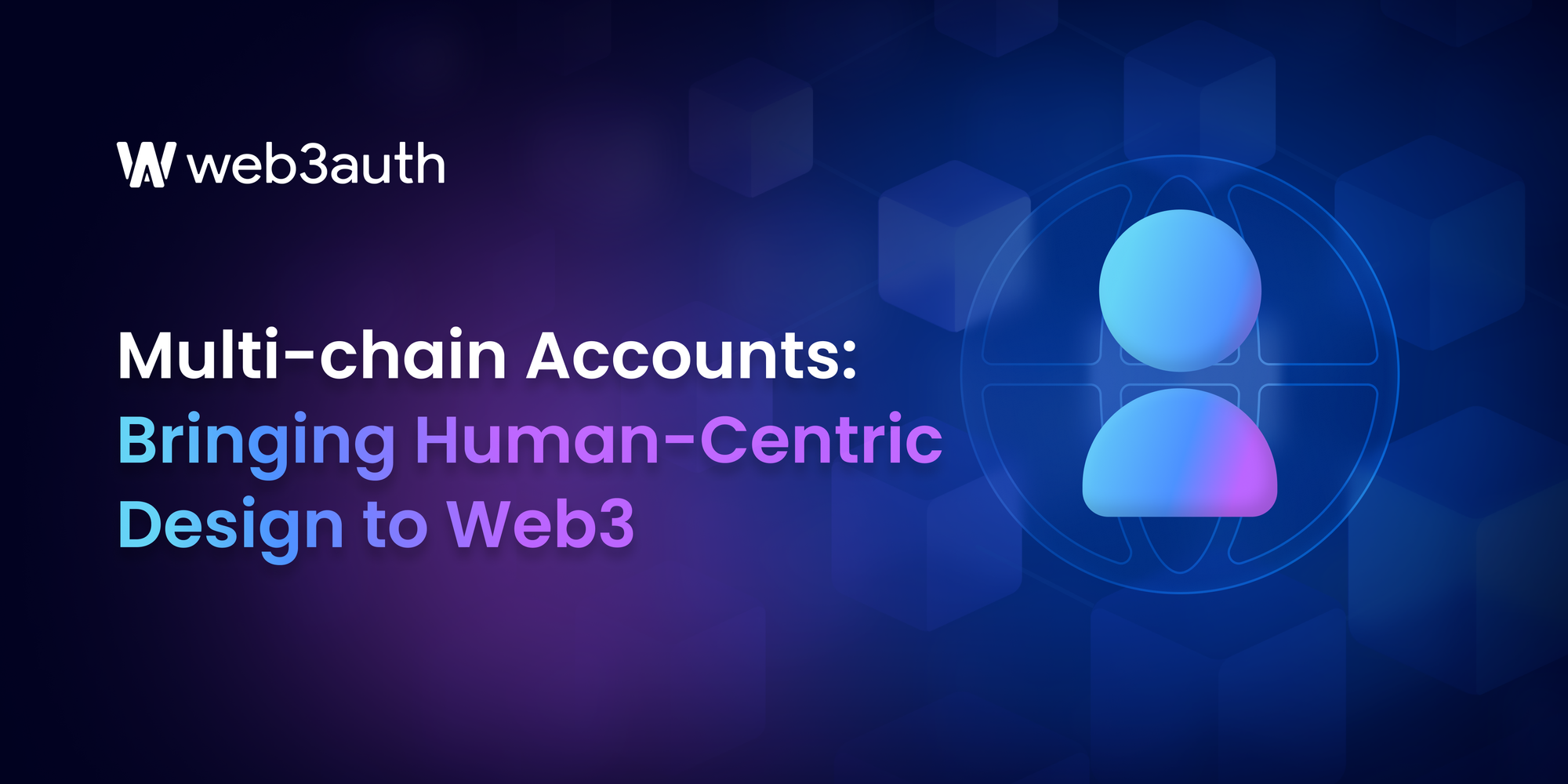ERC-4337 = Full account abstraction Simply put, that is all it comes down to.
ERC-4337 is the latest Ethereum standard unveiled at WalletCon 2023, which proposes complete Account Abstraction. It advocates for abstracting away the complexities attached with every single element of a user’s web3 account by facilitating the usage of smart contracts designed to be more accessible for new Web3 users.
The idea is to gradually eliminate or reduce technical barriers to entry, and accelerate the adoption of cryptocurrencies. Despite the technical nature of these advancements, at their core, they transform a user’s crypto wallet into an account equipped with smart contract capabilities. Some of the elements ERC-4337 proposes abstraction for, include —
- Authentication — It enables the use of e-signatures and mobile devices for fingerprint signing.
- Authorization — It grants the ability to define what each authentication channel can access or use.
- Gas fee payments — Any contract can cover the gas fee, introducing unlimited potential for logic implementation.
- Verification — The verification process is entirely automated, allowing users to upgrade their wallets to quantum-safe ones individually.
- Wallet flexibility — Wallet companies can modify their public keys or update their entire code while maintaining a stable verification logic. Wallets can also introduce custom logic for the execution layer.
Read more: What on Earth is Account Abstraction?
What does this mean for the ecosystem?
The ultimate goal here for Account Abstraction is to build systems and experiences for native account abstraction along every single point of the value chain. What we foresee in the future is an emerging larger ecosystem of Account Abstraction with Smart Contract accounts being developed across the spectrum. Because this means that wallets do not need to implement something differently for each chain, or rather each individual chain the wallet is going to integrate into. Instead, wallet developers would rather focus on innovation, user experience, and new features.
It implies that the competition between wallet developers and companies is only going to benefit the end-users. Because they are now not going to compete over which chain each wallet is going to support, but only on what value they can provide to the end-users.
The belief is that — this kind of healthy environment within the industry will compel the overall ecosystem to improve the user experience for everyone, both for existing users and the next billion users.
Having said that, a very core aim of ERC-4337 that deserves to be talked about the most, is that it attempts to promote censorship resistance. It achieves account abstraction without compromising on decentralization, a challenge that was difficult to overcome in the past.
The system does not rely on any centralized components, making it resistant to Distributed Denial of Service (DoS) attacks. It doesn’t necessitate protocol changes and can be instantly utilized on any EVM chain. Furthermore, it can be employed at the protocol level by Layer 2 solutions.
Read more: What went behind: 25% of Biconomy’s users today use social logins
The Endgame for Account Abstraction
The ultimate goal for ERC-4337 is for the entire ecosystem to be able to achieve full account abstraction, which has been a pipe dream for many years.
But here are a few pointers on what the future will look like, after mainstream adoption of account abstraction via ERC-4337 —
- Gradually, all wallets will start to attain smart capabilities because the users will learn to demand it. There will be no reason for a new user to use an EOA anymore.
- More networks will add native support for the same. If they don’t, they will only stay behind and fall back in the race when it comes to cost effectiveness.
- New user accounts should always be made on native account abstraction as a standard practice, but not converted from existing EOAs at any cost.
- Despite using AA, the wallet should still be able to trigger a warning to the user that the passcode or the key should still be stored and saved in a safe space.
If you are building a Wallet or a dApp and you are looking to onboard the next billion users on to Web3, sign up here to try out our SDKs.
Read more: Announcing our partnership with Trust Wallet to offer the simplest Web3 onboarding ever
Frequently asked questions (FAQs)
- What is Account Abstraction?
Coined by the Cofounder of Ethereum Foundation Vitalik Buterin in 2021, Account Abstraction refers to an advanced proposal in the Ethereum ecosystem to allow users to define their own account structures rather than adhering to the currently pre-defined ones, such as externally-owned accounts. With Account Abstraction, the differences between EOAs and Smart Contract Accounts could be removed, while the proposal advocates for unifying them together, and abstract away all the complexities.
- What is ERC-4337?
ERC-4337 is the latest Ethereum standard unveiled at WalletCon 2023, which proposes complete Account Abstraction. It advocates for abstracting awaying the complexities attached with every single element of a user’s web3 account by facilitating the usage of smart contracts designed to be more accessible for new Web3 users.



